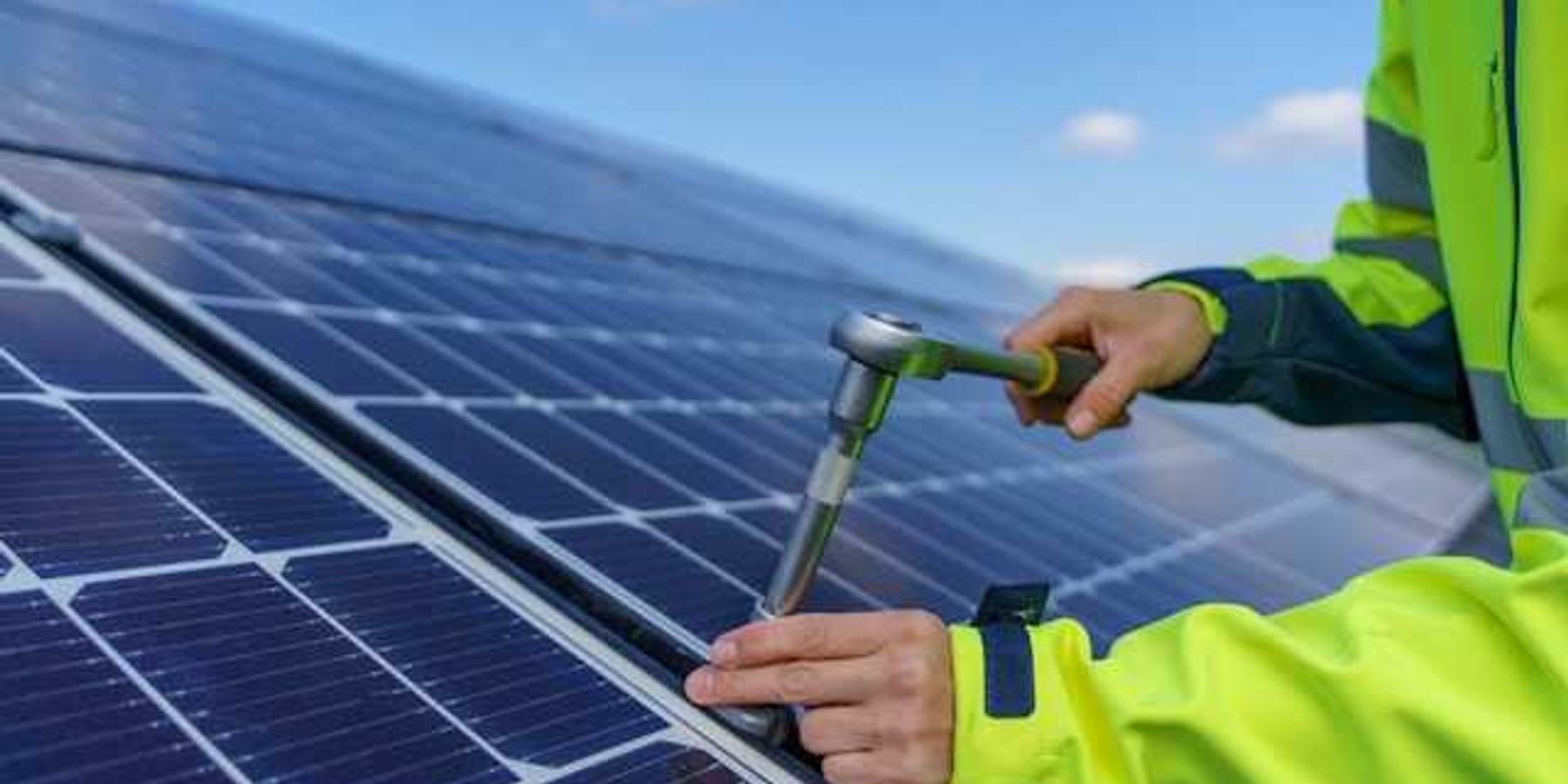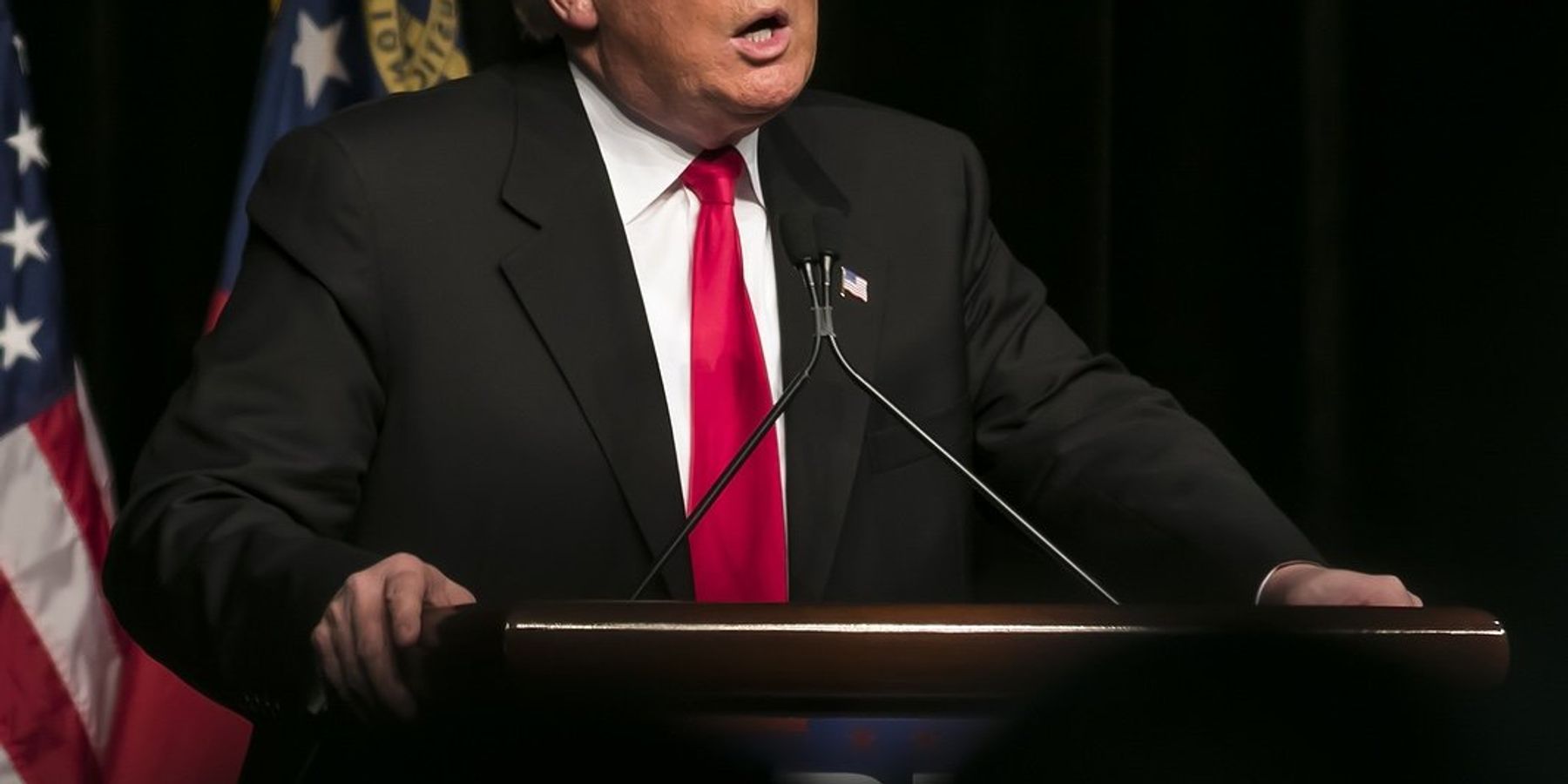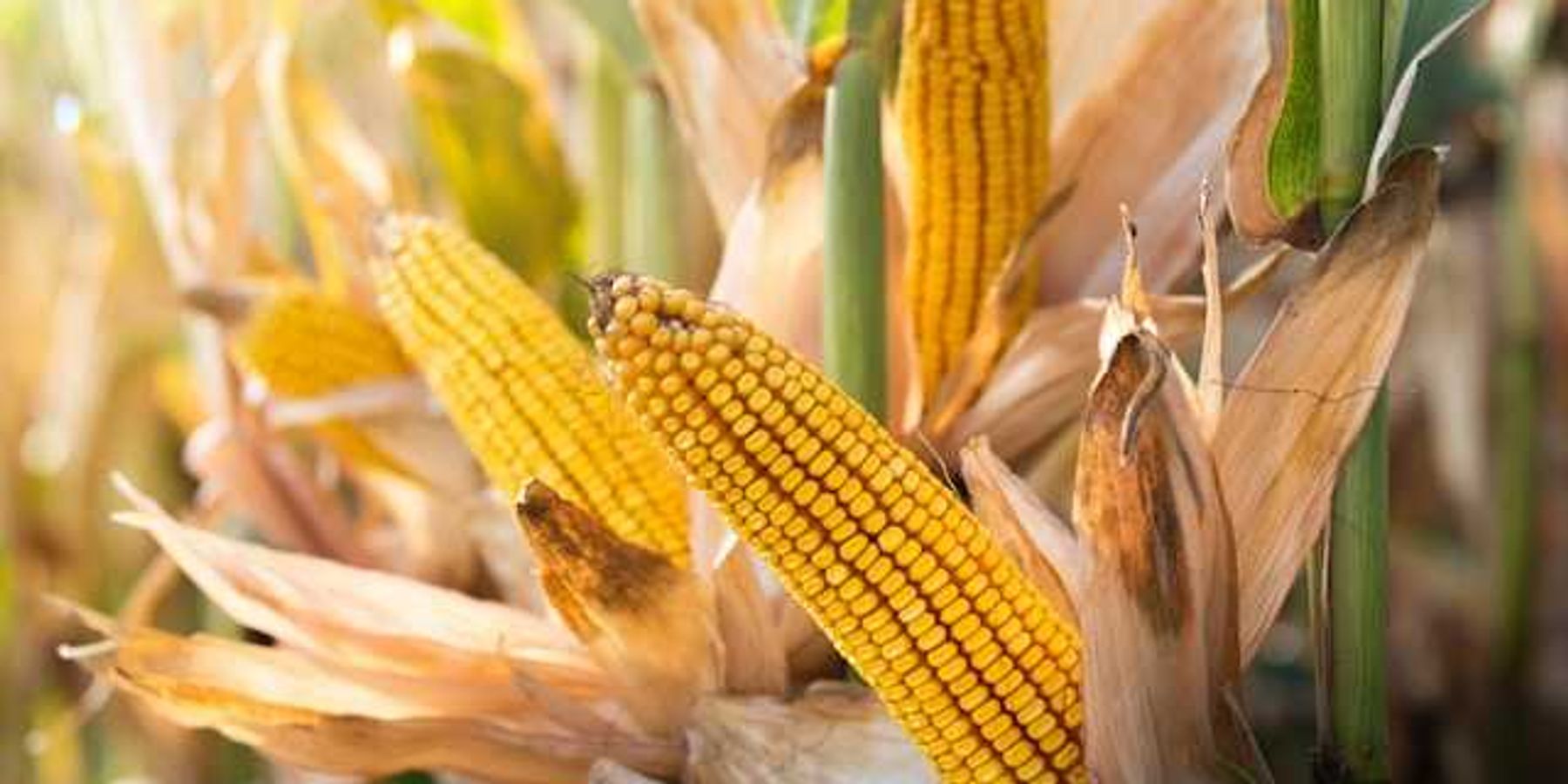The history of American air pollution, explained
Vox reporter Rachel DuRose explains the history of American air pollution.
In a nutshell:
The progress made in the United States to combat air pollution over the past century is being undermined by the growing threat of wildfire smoke, exacerbated by climate change. While previous efforts focused on regulating emissions from industrial and human-made sources, wildfires pose a different challenge as they are natural disasters. With extreme fire events becoming more frequent and severe, particulate matter emissions are on the rise, posing a significant health risk.
Key quote:
“Air quality is a really terrific method to get people on board with the idea that we have to do something that reduces the speed of climate change,” says David Lu, the co-founder of Clarity Movement, a company providing air quality monitoring solutions. “It’s a Trojan horse, almost.”
The big picture:
Increasingly, wildfires are driven by human-led activities such as deforestation and the burning of fossil fuels. The resulting toxic air pollution, particularly the hazardous particulate matter, poses significant health risks, including respiratory infections, heart disease, and lung cancer. Legislative action and public awareness are crucial to address this smoky future and mitigate the impact of climate change on air quality.
Read more about toxic pollution, wildfire smoke, and climate change at Vox.
Want to learn more? EHN reporter Elizabeth Gribkoff wrote about the health effects of wildfire smoke, even in cities far from the wildfires.













